Antarctica Construction at the edge of the world
Material partner

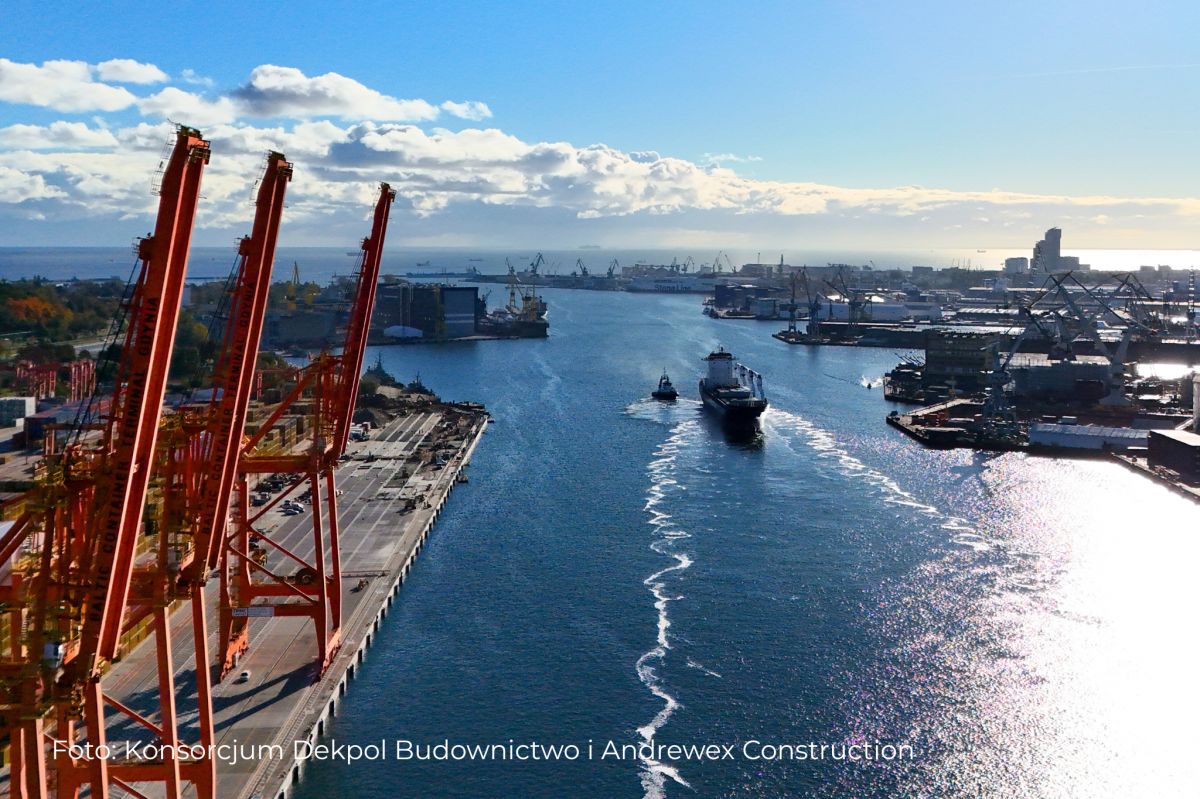
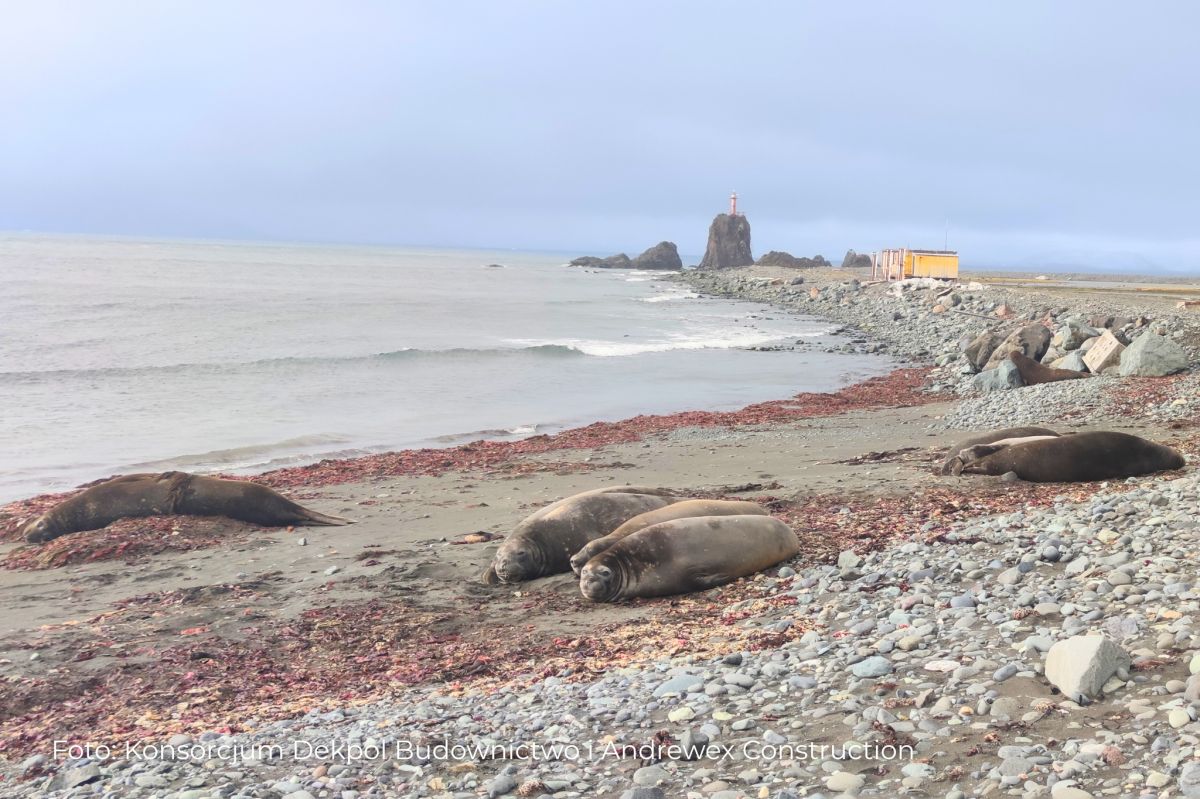
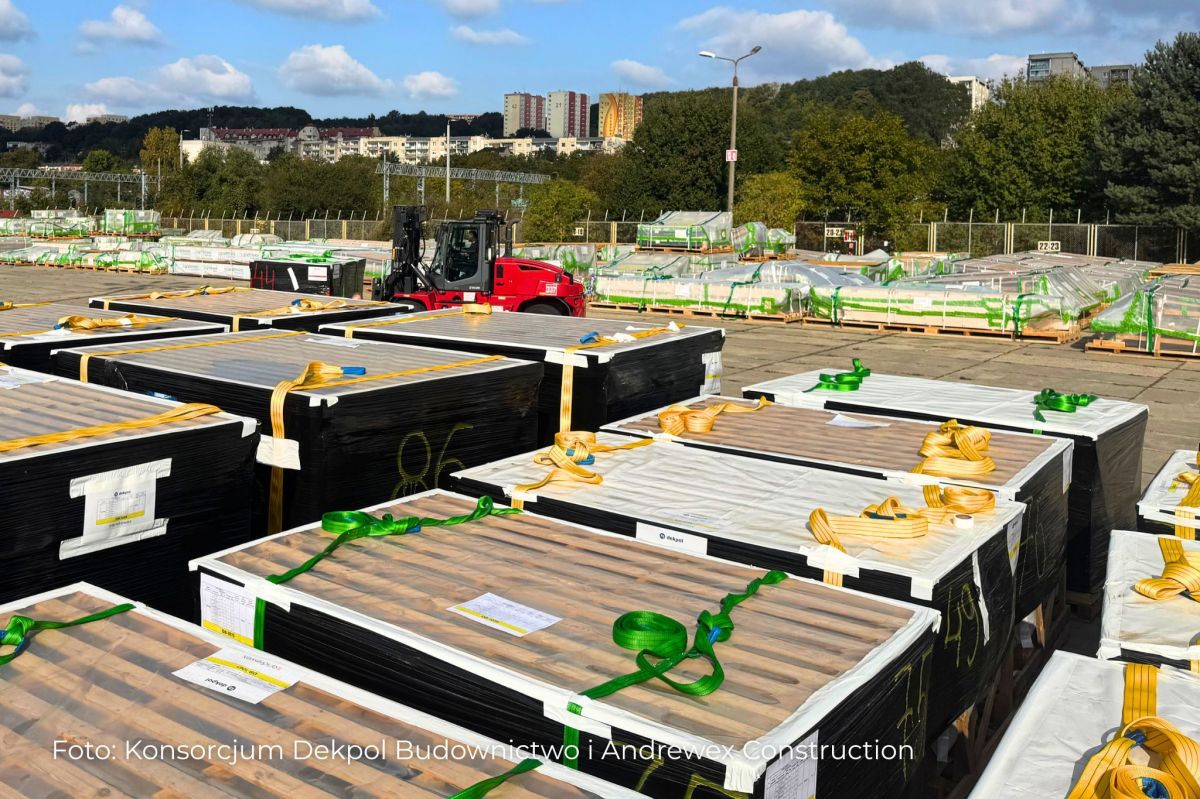


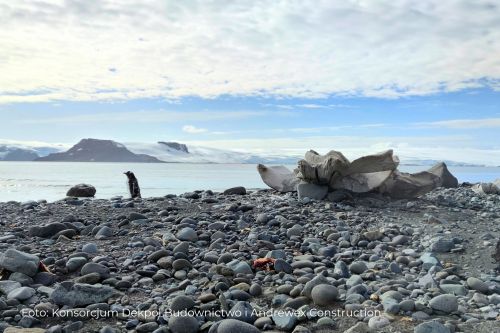
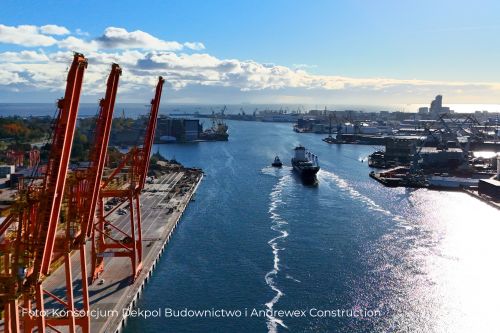
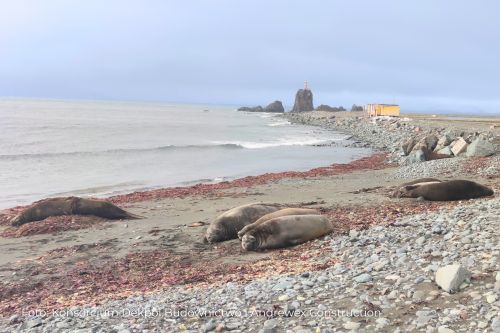


The investor in the project is the Institute of Biochemistry and Biophysics of the Polish Academy of Sciences (IBB PAN). The third construction stage of the project is carried out by a consortium of Dekpol Budownictwo and Andrewex Construction together with the investor’s employees.
The construction of the new main building of the Henryk Arctowski Polish Antarctic Station is divided into stages and has been ongoing since 2018. Due to the harsh weather conditions, external construction work can only be carried out in the warmer months – mainly during the so-called “Antarctic summer”. One of the biggest challenges is strong wind gusts exceeding 150 km/h. Site activities must then cease until the next “weather window” and materials on site must be carefully protected for the duration of the hurricane winds.
Station construction on the way to King George Island
Dekpol Budownictwo was involved in some of the earlier stages of the station’s comprehensive renovation, during which a new float equipment hall, warehouse, as well as the foundations were built, and the steel support structure of the station’s main building was installed on site.
We were able to proceed with the construction of the new main building of the H. Arctowski Polish Antarctic Station because of decades of experience, as well as ambition, which always motivates us to develop and participate in unusual projects. However, this would not have been possible without Dekpol’s most important resource: highly qualified engineers and experts from many departments. They stand out for their knowledge, responsibility and creativity, which make them offer the best solutions, even for Antarctic conditions. We all feel a sense of pride from the implementation of this unique project of such momentous importance for Polish science and the Polish construction industry.
Mariusz Niewiadomski, CEO of Dekpol Budownictwo (consortium leader)
One of the milestones of the third stage of construction of the new main station building was a test installation carried out in Poland over several weeks, covering almost a third of the main building. The structure, together with the sheet metal clad panels, was then dismantled, packed up and transported to the port of Gdynia. The remaining elements of the new station building, the materials needed to complete it and the necessary equipment were packed along the structure. More than 100 cars brought the consortium’s completed consignment to the port.
The construction of the Polish Antarctic Station is a source of pride and great satisfaction for us. It is a pleasure to see wood being used in such unique constructions. Designers and investors alike increasingly appreciate its advantages – strength with great lightness, ease of processing and, an increasingly common aspect, environmental neutrality. Looking at the condition of the elements that our plant supplied to the station almost 50 years ago, we are convinced that the facility being erected with Andrewex Construction’s participation will serve Polish science for many generations,.
Artur Kowalski, CEO of Andrewex Construction (consortium partner)
It is a logistical undertaking of a scale not seen in the history of Polish Antarctic expeditions for more than 50 years. The whole process has been carefully and thoroughly planned. Alongside the building materials, the ship also took wooden modules manufactured at Andrewex Construction plants, which will act as living quarters for the assembly team in the first stage of their use. The key to success in the timely delivery of the elements to the port was the commitment and excellent communication between all the entities involved in this project – without mutual support, this would not have been possible.
Serafin Jerzy Szyszka, Director of the Contract Implementation Department at Andrewex Construction (consortium partner)
Planned activities
The first activity once the materials, equipment and entire team arrive in Antarctica is unloading – which will take about ten days. It will be conducted in the waters of Admiralty Bay, in the absence of port infrastructure, and using, for example, floating transporters. Assuming favourable weather conditions, work on the complete assembly of the building structure including façade panels and ventilation in the technical space should begin at the end of November.
One of the most time-consuming activities during the forthcoming season will be the execution of the façade sheeting closures at the panel joints. These works will require favourable weather conditions and exceptional precision: the tightness of the building, and thus its the durability and the safety of its future users, will depend on their quality. Gold-copper-coloured sheet used, folded into the seam, is made from alloys of copper, aluminium, zinc and tin. Over the years, it will develop an elegant patina, which is an added visual asset, and above all, it will not require constant maintenance under conditions of heavy abrasion and exposure to marine aerosols
Mateusz Falborski, Site Manager of Dekpol Budownictwo (consortium leader)
At the end of this stage of construction, finishing works and interior fittings are planned. The station’s new main building will include laboratories, a dining hall with kitchen facilities, a lobby, residential facilities, a gym, a library, a cold store, a freezer and even a greenhouse.
An important investment for Polish science
The new main building of the Polish Antarctic Station is an extremely important project for Polish science. Research is conducted here in the fields of ecology, oceanography or climatology, for example. The first station buildings were built as early as the 1970s and are now worn out. The creation of a modern and secure infrastructure for researchers will allow Poland to keep its position in the elite group of twenty countries operating year-round scientific research stations in the Antarctic.




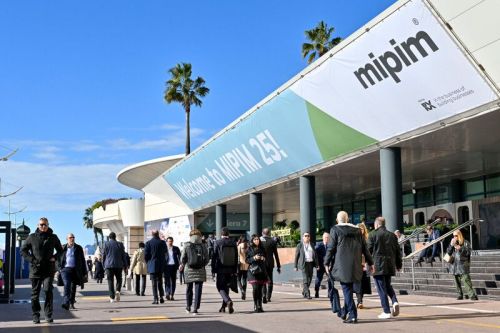


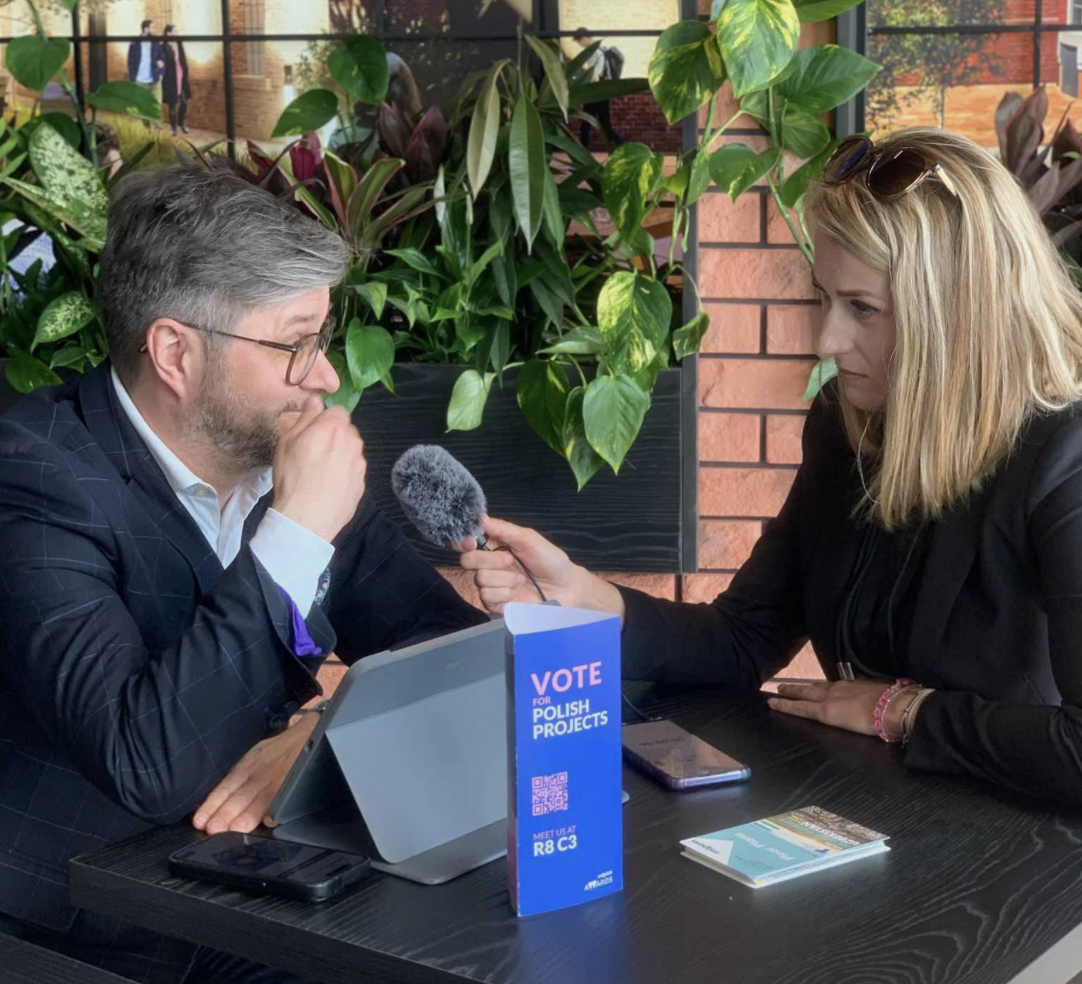



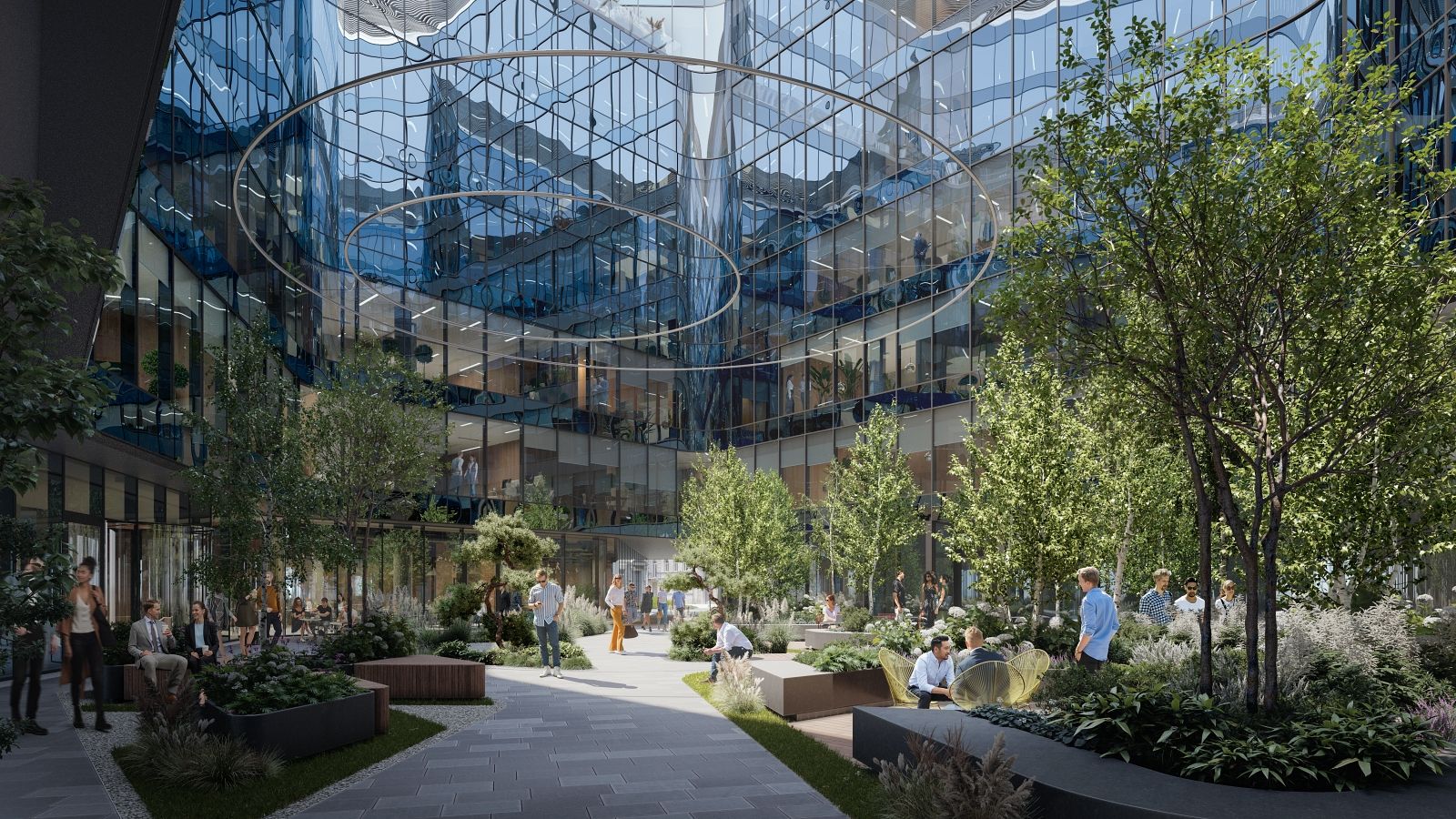

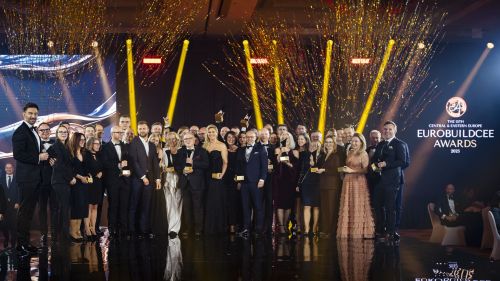
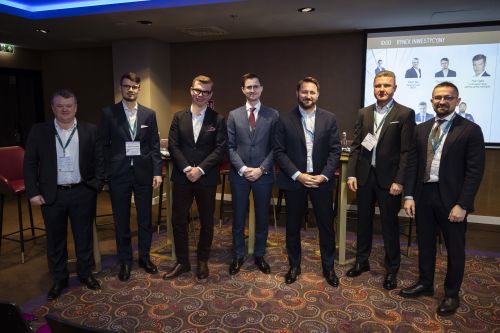
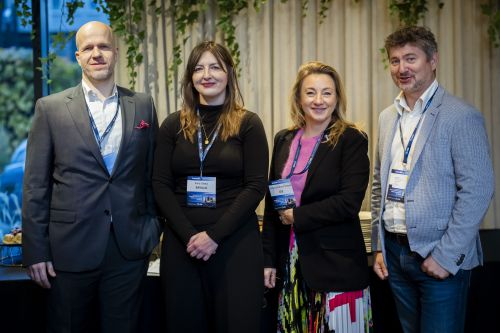
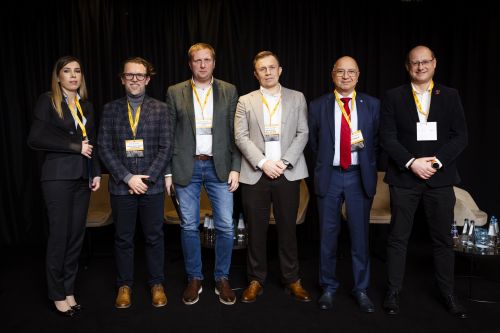


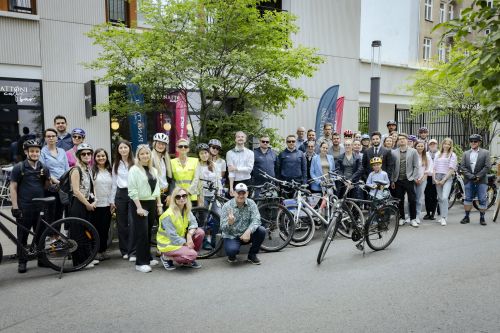
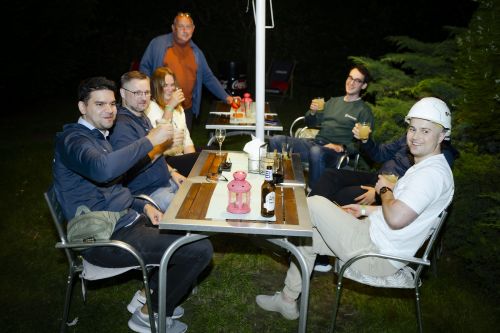
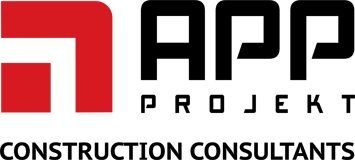








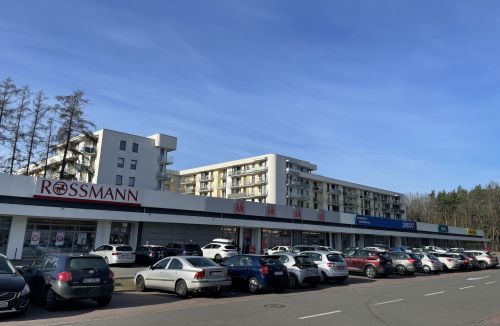


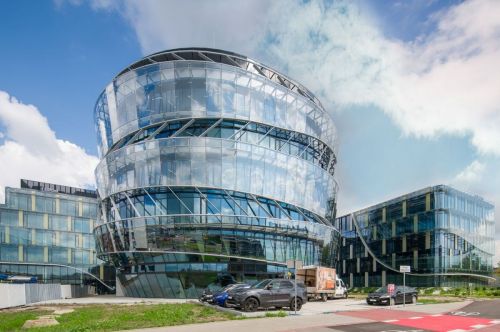







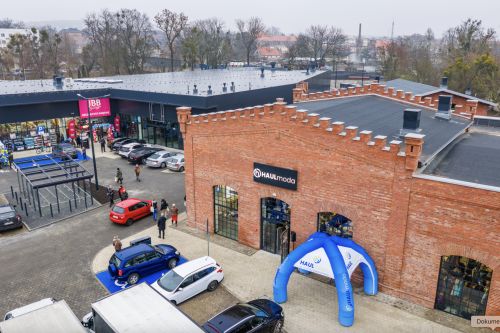




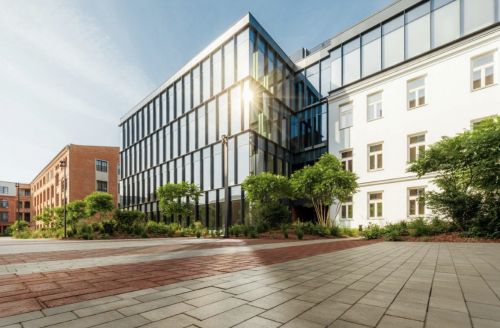
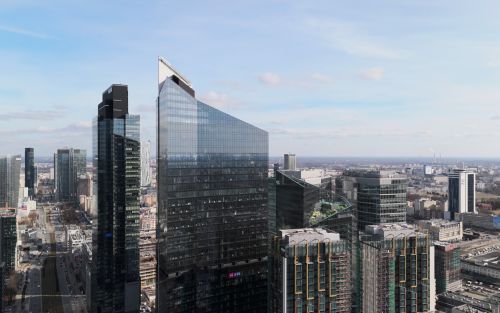
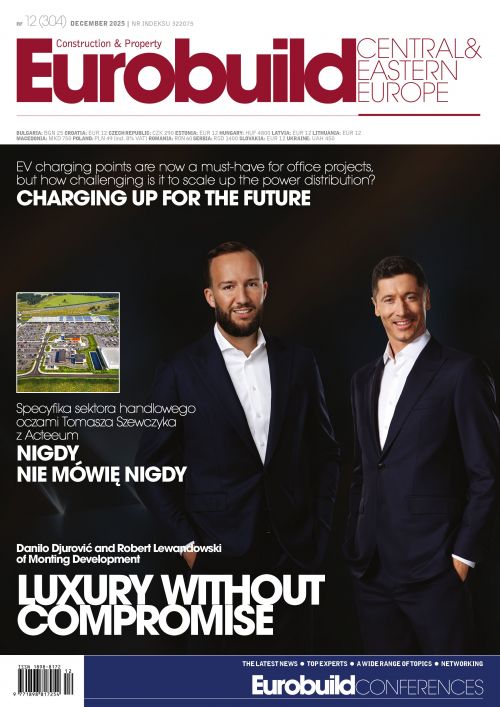




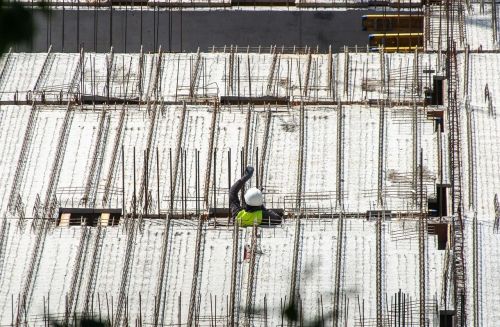




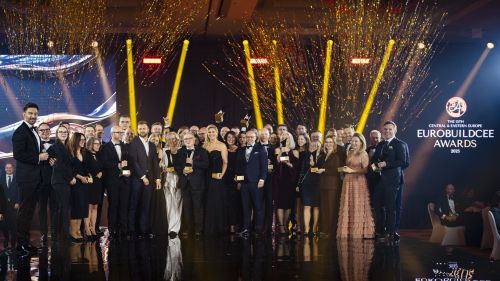



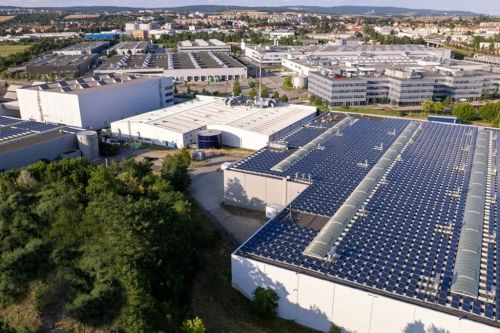

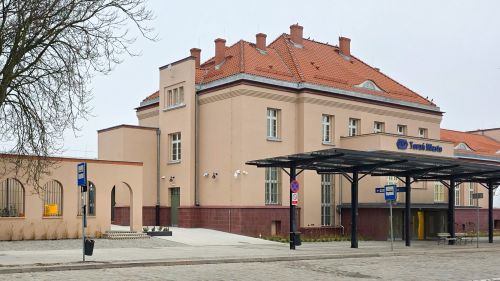
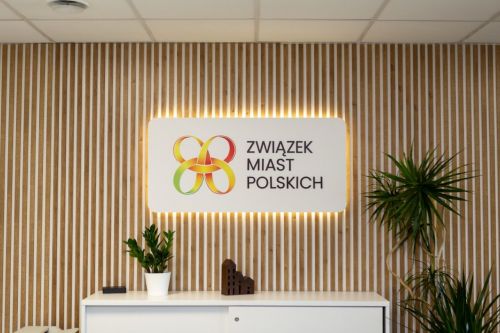
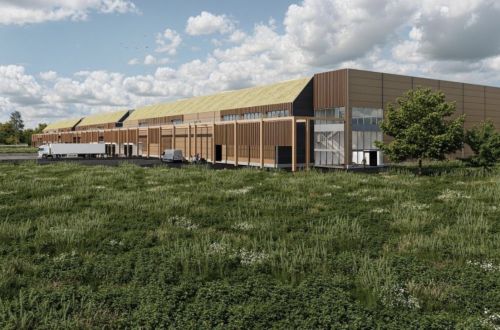

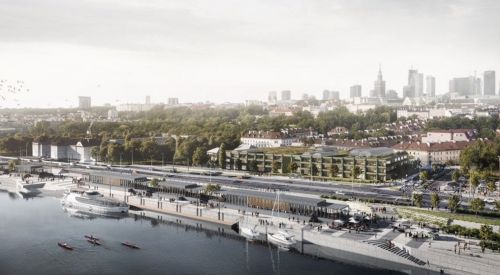





The quiet revolution in Małopolska
The quiet revolution in Małopolska
Axi Immo
Developers across the region are increasingly favouring heat pumps and photovoltaic systems over traditional gas boilers in warehouse construction. This shift marks a growing commi ...
Modular construction becomes more prominent
Modular construction becomes more prominent
Spectis
After a temporary slowdown, the modular construction market in Poland continues to expand in 2025. Although the sector faces challenges such as high material costs and investment f ...
EXPO REAL 2025: From survival mode to selective recovery
EXPO REAL 2025: From survival mode to selective recovery
Axi Immo
This year’s EXPO REAL in Munich marked a noticeable shift in tone across industry conversations. Following a period of uncertainty and postponed investment decisions, the com ...